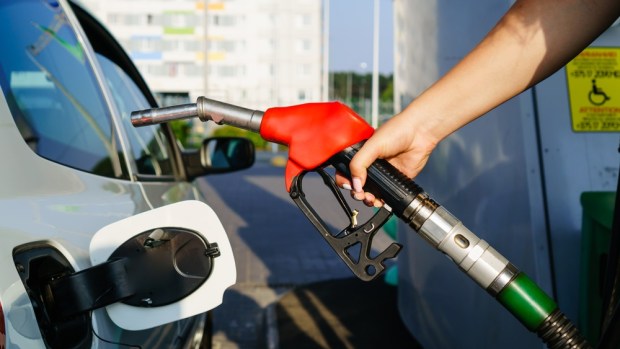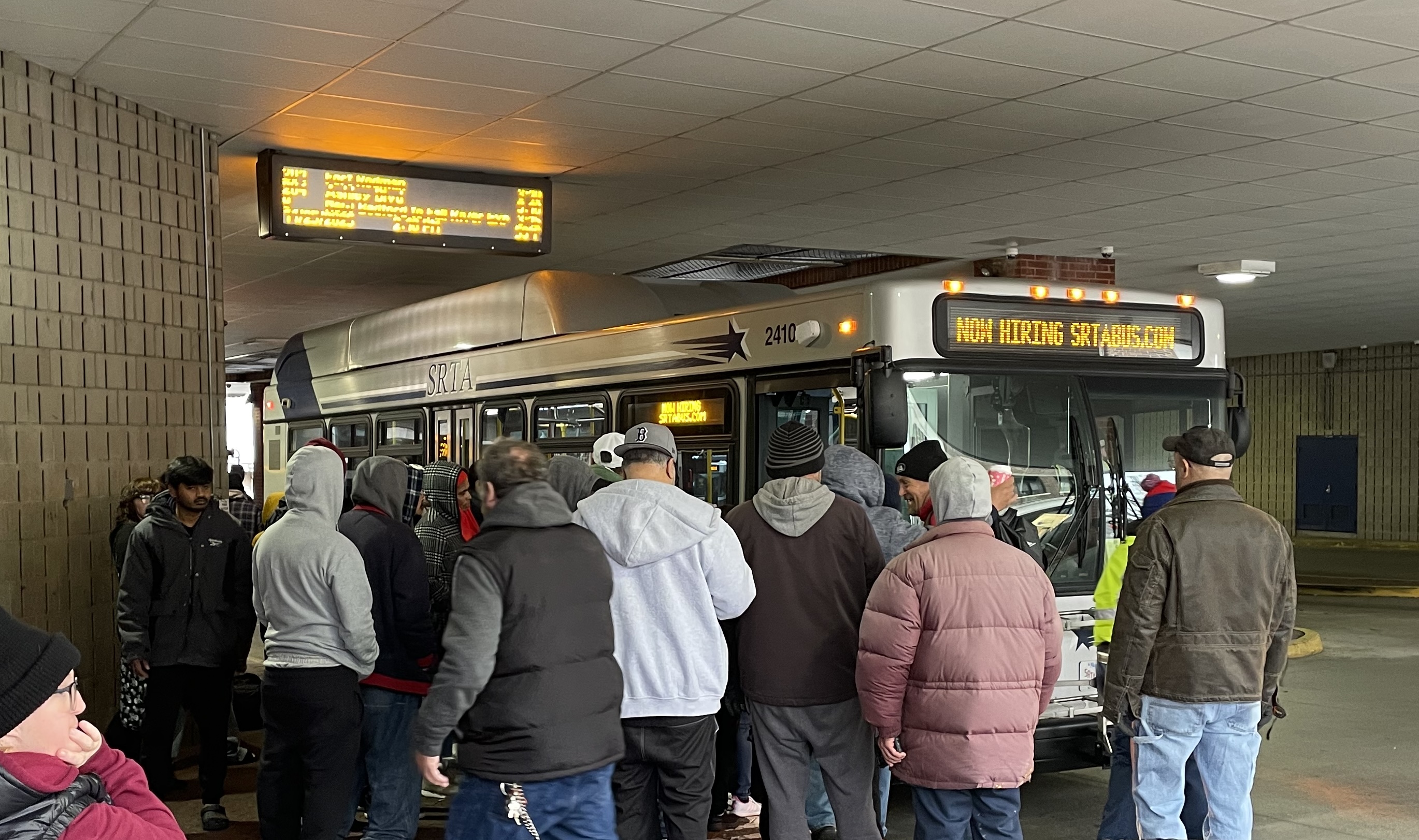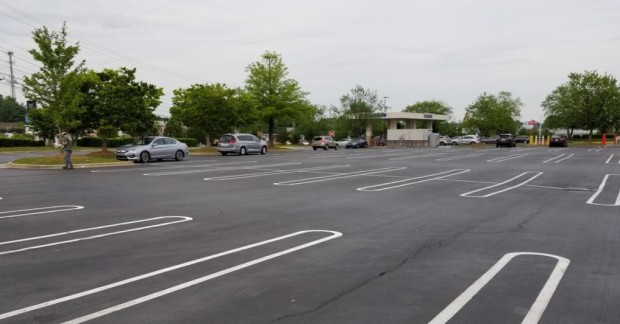While local TV news outlets are getting lots of breathless footage of gas pumps this week, the alleged anxiety over rising gasoline prices hasn't yet manifested in a great deal of behavior change among the Boston region's commuters.
T officials say that when they compare average weekday ridership for the week of Feb. 7, before the war in Ukraine started, and last week (from Feb. 28 to March 4), ridership is up about 4 percent on bus and subway services, and up about 10 percent on commuter rail.
Average U.S. gasoline prices increased from $3.54 per gallon to $4.20 per gallon during the same period.
However, even after those recent gains, commuter rail ridership is still only about 43 percent of its pre-pandemic traffic. The recent gains put commuter rail ridership roughly at the level where it was last November, before the winter's surge in Covid-19 cases kept riders at home.
Current subway ridership is around 47 percent of pre-pandemic levels, and bus ridership is at about 65 percent.
A T spokesperson told StreetsblogMASS that they "can't say with a degree of certainty that any ridership increase is due to gas prices or simply because offices are re-opening, or people are just becoming more comfortable with transit."






